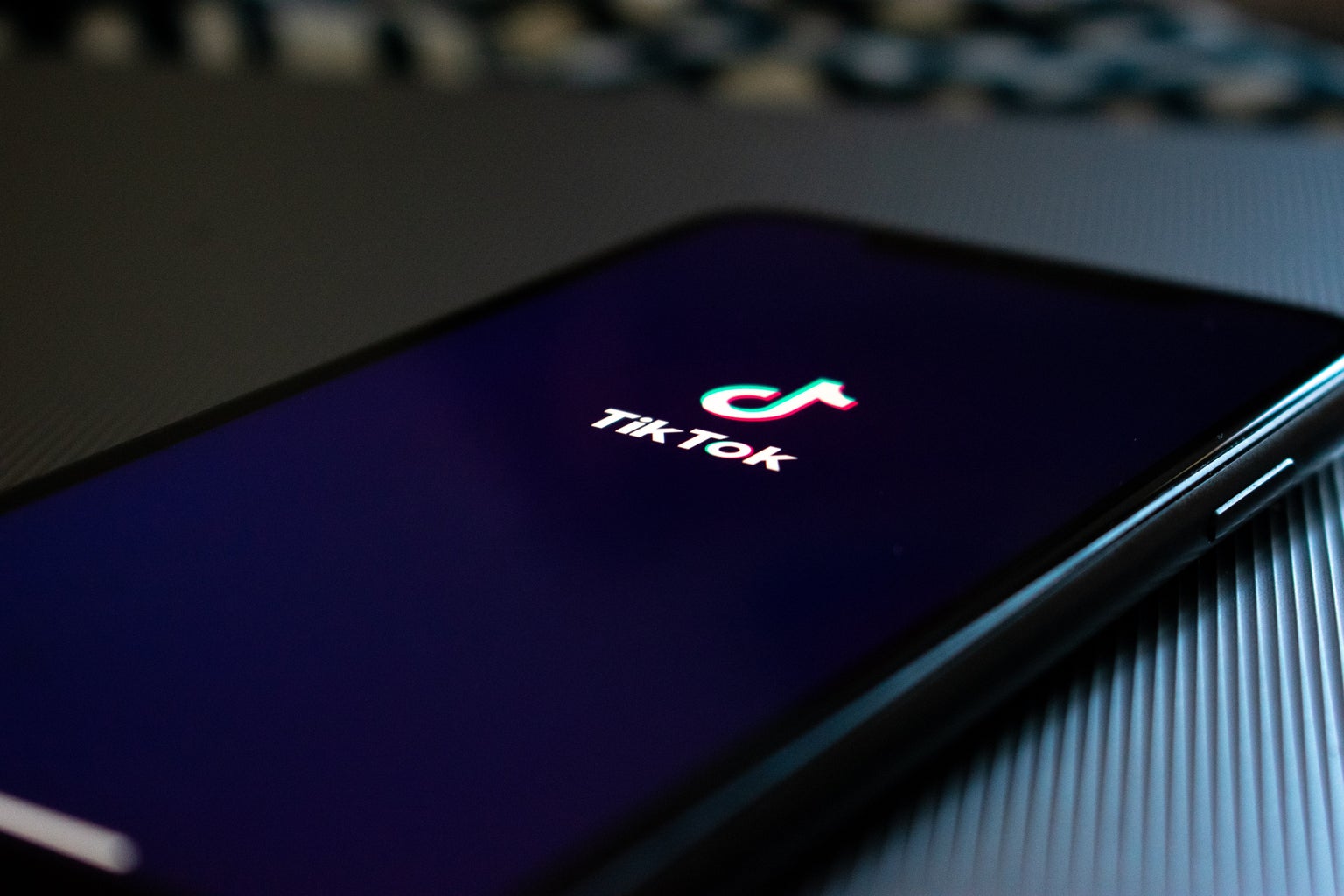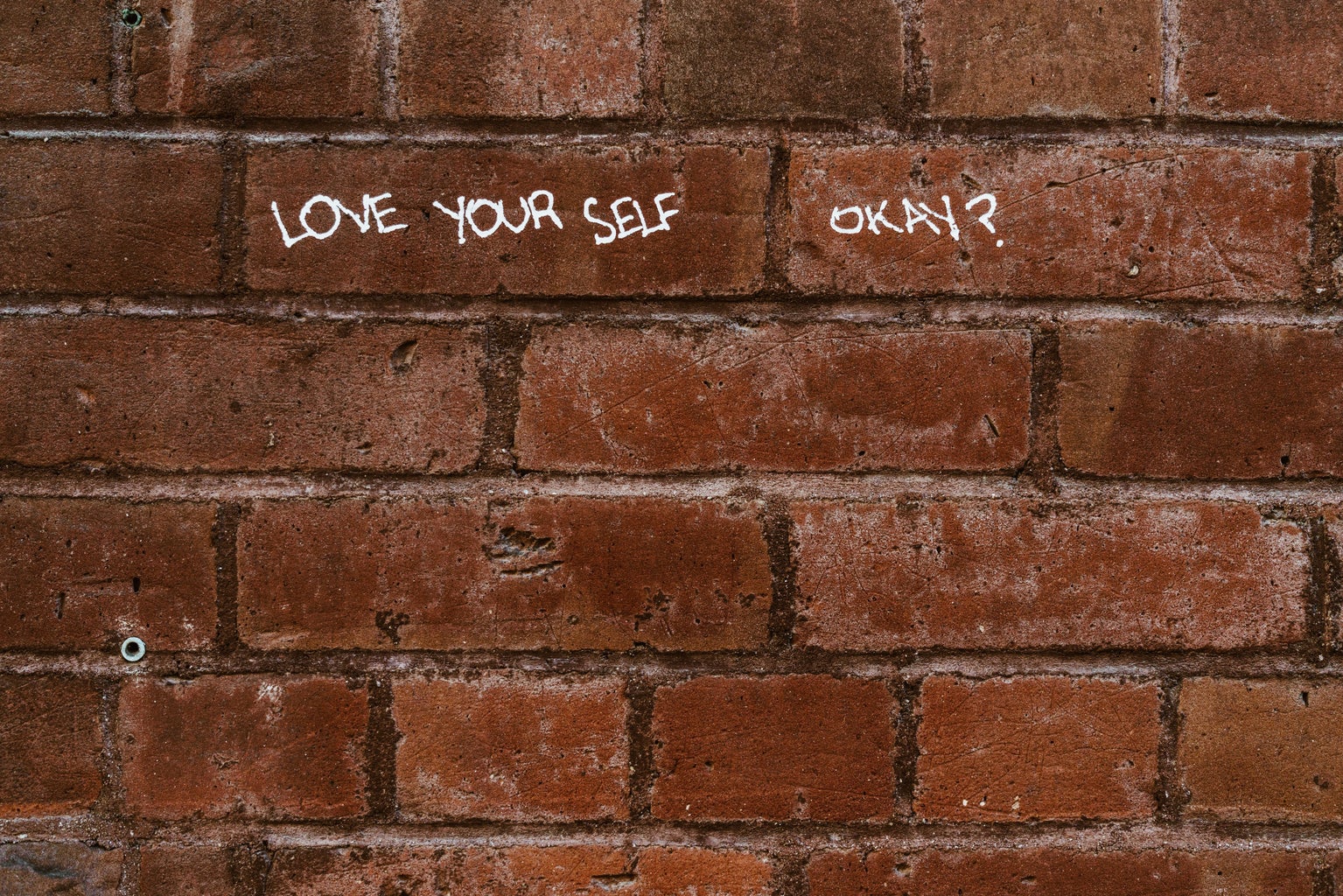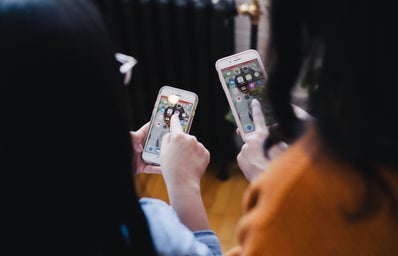TW: Discussions of Body Image and Eating Disorder Content
Tumblr in 2013/2014 was a weird place. I was in the eighth grade when I first started using Tumblr. Back then, the site was in its heyday, filled with different ‘cliques’ of people posting the kinds of things they were interested in. I was particularly into the ‘soft-grunge’ side of Tumblr, filling my account with images of girls in black skinny jeans, drinking black coffee and reading poetry books (yes, cringe, I know). However, the kinds of images being posted were often of women who were much smaller than I was at the time. Although this wasn’t necessarily a bad thing, I did find myself starting to question the way I looked and felt about myself.

This is when I found out about a more damaging side of tumblr called ‘thinspo’ or ‘pro-ana’. At the time, if you searched those things you could find thousands of images of girls with thigh gaps and flat stomachs—qualities I began to think of as achievable for my own body. Achievable, that is, if I followed the rules of ‘pro-ana’ Tumblr. Many of these rules involve behaviours that closely resemble those of an eating disorder. Tumblr has since limited these pages, but they were up long enough for thousands of women—including myself—to interact with them in ways that still affect us today.
Being on TikTok as a 21 year old woman, I’ve seen tons of amazing content—a lot of which is body positive. Sometimes though, I’ll come across videos named things like ‘What I Eat in a Day’ which normalize eating almost nothing as healthy behaviour. I’ve also seen girls posting videos of themselves where many of the comments say things like, “Well, I guess I’m not eating today.” These comments receive thousands of likes. Seeing media like this brings me back to my young, impressionable 13 year old self. If I’d been on TikTok at this age, maybe I too would’ve been writing self-deprecating comments. Although TikTok has claimed they do not allow content which promotes unhealthy eating habits, these videos are still available to view on the app.




